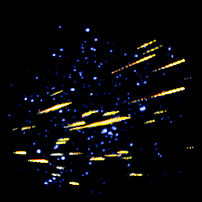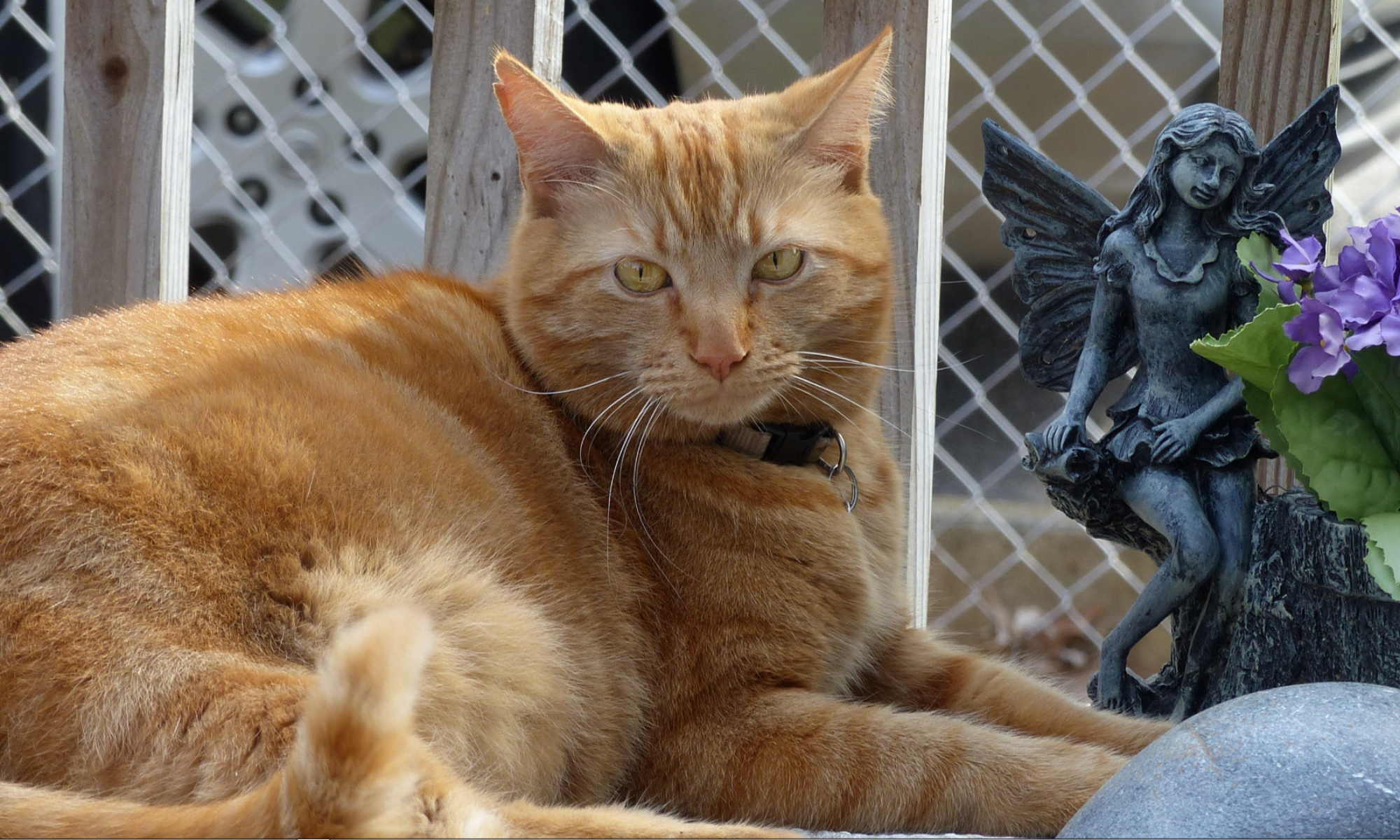 Image via WikipediaGood Reason To Wake Early
Image via WikipediaGood Reason To Wake Early
The Perseid meteor shower has been going on for nearly a month. As Earth passes through the remnants of the comet Swift-Tuttle’s tail the number of visible meteors increases until tomorrow morning, when the number should peak at around 60 per hour early Tuesday morning. For the northern hemisphere, this is about the best natural light show of the year.
The full moon should set around 1:30 am in most parts of the US, so the best viewing should be between then and the ‘official’ peak, expected around 7am on the east coast. Binoculars are optional, but unnecessary. Warm clothing might be appreciated, as we’re going through this unnatural cold-spell this week.
You should be able to see the streaking bits of comet-tail from just about anywhere in the US, but the darker the surrounding area, the better the viewing will be. If you can’t leave the city, just try to make it up to a rooftop somewhere. Many of the ‘shooting stars’ are so bright you can see them through the ambient city light.
I always look forward to the Perseids showers. The streaks from the meteors can be almost any color you can imagine, from yellows to greens to blues and reds. Of course, most are the usual bright white, but that just makes the unusual colors of the others that much more impressive.
I am Jon, with my eyes to the sky.


